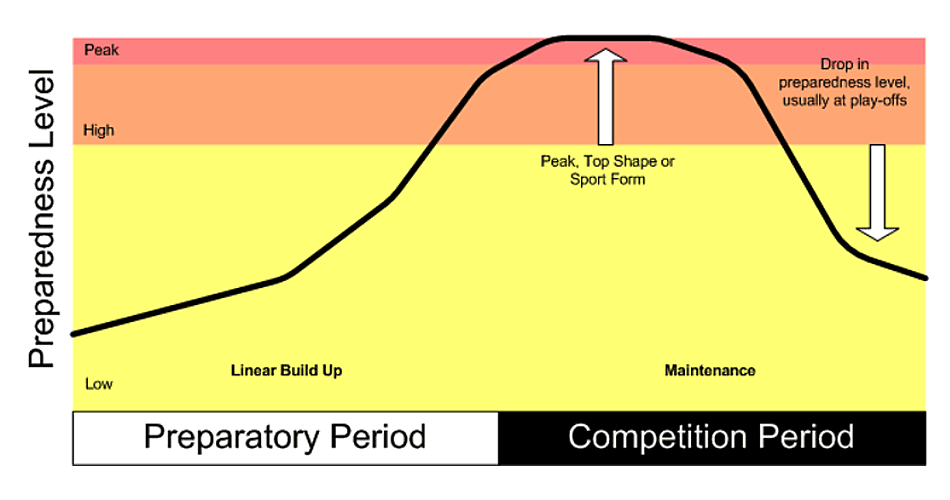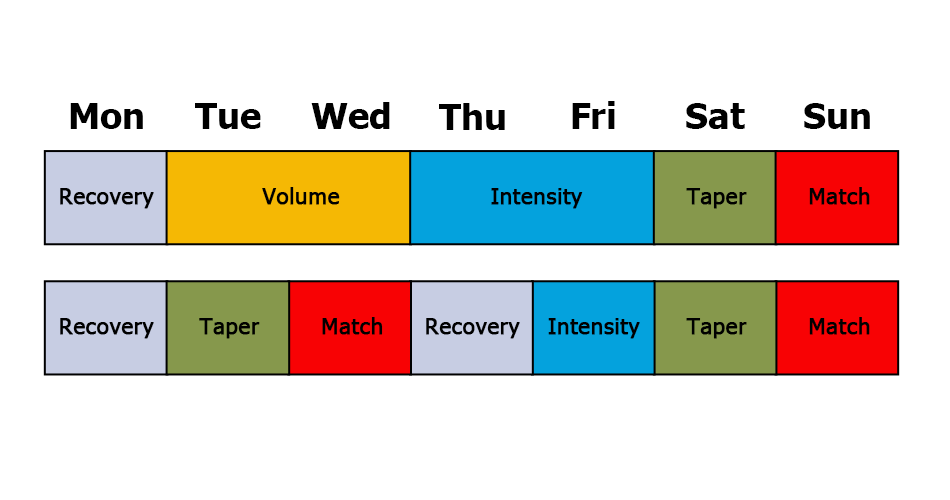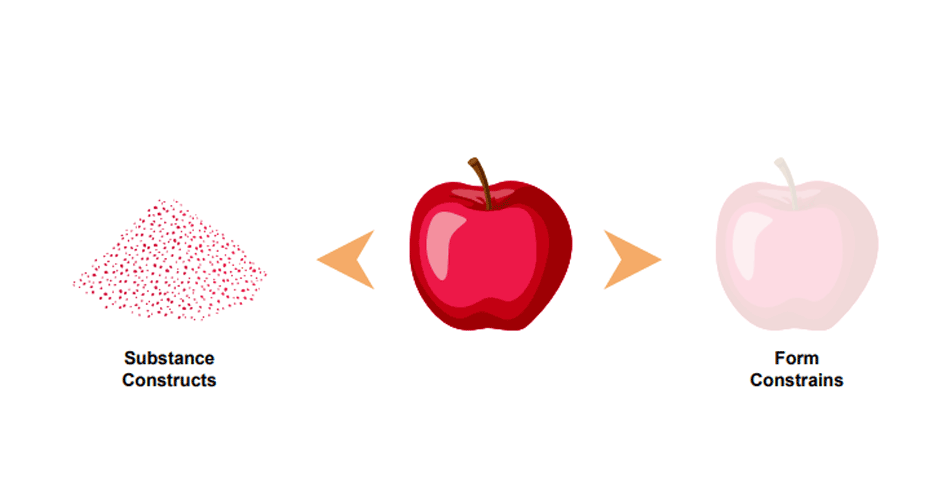Problems of the Periodization of Training in Mixed Sports (Part 3)
Periodization models
Before I even start this part of the series, I want to bring to attention that not all mixed sports or team sports or sport games are equal in terms of training demand. Some of them depends more on the physical preparedness and some not (take badminton for example compared to rugby). Some of them demand more aerobic system development and some more alactic power and strength (take again rugby and American football for an example). The point here is that I am talking in general about the mixed-sports with some inclination toward soccer since this is the sport where I work. Keep this in mind.
I also encourage you to check the following blog entries: What the Heck is Periodization anyway, and Periodization Confusion if you haven’t already because I am going to refer to certain periodizaton models.
As stated in the previous parts (Part 1 and Part 2), most if not all, training wisdom comes from non-mixed, traditional sports (strength/power and endurance). This includes traditional complex-parallel models and newer block/sequential models of periodization.
Once again, theoretically in complex-parallel model all aspects of preparedness (technical, tactical, physical, theoretical, and psychological) and their sub-components are addressed more or less at the same time. Problem with this approach was mixed results due mixed training and great volume of training needed.Block/sequential models tried to solve this problem by concentrating training load aimed at small number of preparedness factors in certain period of time (Block). Using this training system, advanced athletes lowered overall training volume and stimulated adaptation by unidirectional concentrated loads.
The point being taken here is that ADVANCED athletes in NON-MIXED SPORTS utilized block/sequential approach to bring strength/power or endurance to the maximum level during certain time period (peak).
I have seen numerous solutions utilizing both complex-parallel models and block/sequential models in strength/power sports and endurance sports. The question is what model to use in mixed sports?
For example, Joel Jamieson developed block/sequential system for MMA fighters, but contrary to team sport athletes, MMA fighters doesn’t have 1-3 fights every week for 24+ weeks and they can peak for certain event.
I recently saw block/sequential solutions for team sports (basketball in this case) by late Yuri Verkhoshansky in the Forum E-book (page 72). To be honest, this model is very sound for preparatory period (for experienced basketball players in terms of strength/power training), but it doesn’t take into account the long season of team sports.
Again, the solution is not to blindly follow the model of other sports without taking into account your constraints, contexts, time limits, needs, team culture, equipment, competition calendar, facilities, even weather (believe it or not, a lot of periodization solutions were discovered due weather/facilities issues). You cannot put square peg in round hole. At least not without problems.
The solution might be a blend between these two models (complex-parallel and block/sequential) taking into account biological/adaptation laws and constraints/context you are dealing with. In interview Dan Baker made great points regarding this. Make sure to read it.
Well, let’s try to figure out the periodization model based on the characteristic of mixed-sports and insights of complex-parallel and block/concurrent periodization models.
Preparatory period
In my recent e-book “Physical Preparation for Soccer” (or check the article series) I have presented a model of 8-weeks preparatory period (or pre-season period). This one I am about to present is not going to be any different, but it is going to have certain tweaks. I suggest reading that first before proceeding.
So, to create training system, we need to take into account the following characteristics:
– Mixed sports demand a complex number of physical qualities, but luckily, they don’t need to be developed to the extremes (compared to speed/power and endurance sports).
– Some of those qualities demands conflicting adaptations (strength/power and endurance)
– Skill training demands a lot of time and energy even if it is mostly low-intensity in nature. Thus, there is not a lot of time for extra activities and training need to be optimized.
So, the potential solution is complex-parallel model where all aspects are addressed (strength, power, speed, endurance), but certain variations and progressions over time (with some ideas from block training).
Before I present the periodization model, I need to mention problems of concurrent development of strength and endurance. Recent review paper made by García-Pallarés and Izquierdo, Strategiesto optimize concurrent training of strength and aerobic fitness for rowing andcanoeing, provides great insights into this conflict. Dan Baker also speaks about concurrent development of strength and endurance in the recent interview. The recent research done on elite soccer players by Helgerud et al., show that concurrent strength and endurance training brought some great results in maximum strength and VO2max. In the mentioned paper by García-Pallarés and Izquierdo there is model of interference by Docherty and Sporer presented:











Responses